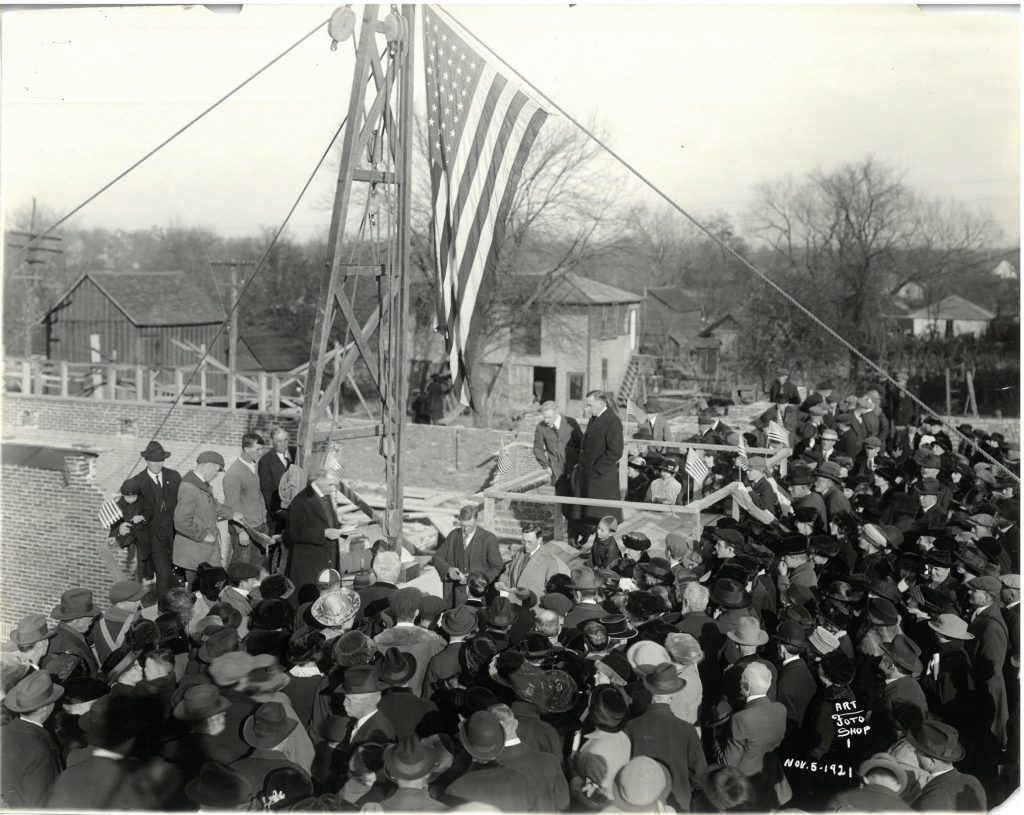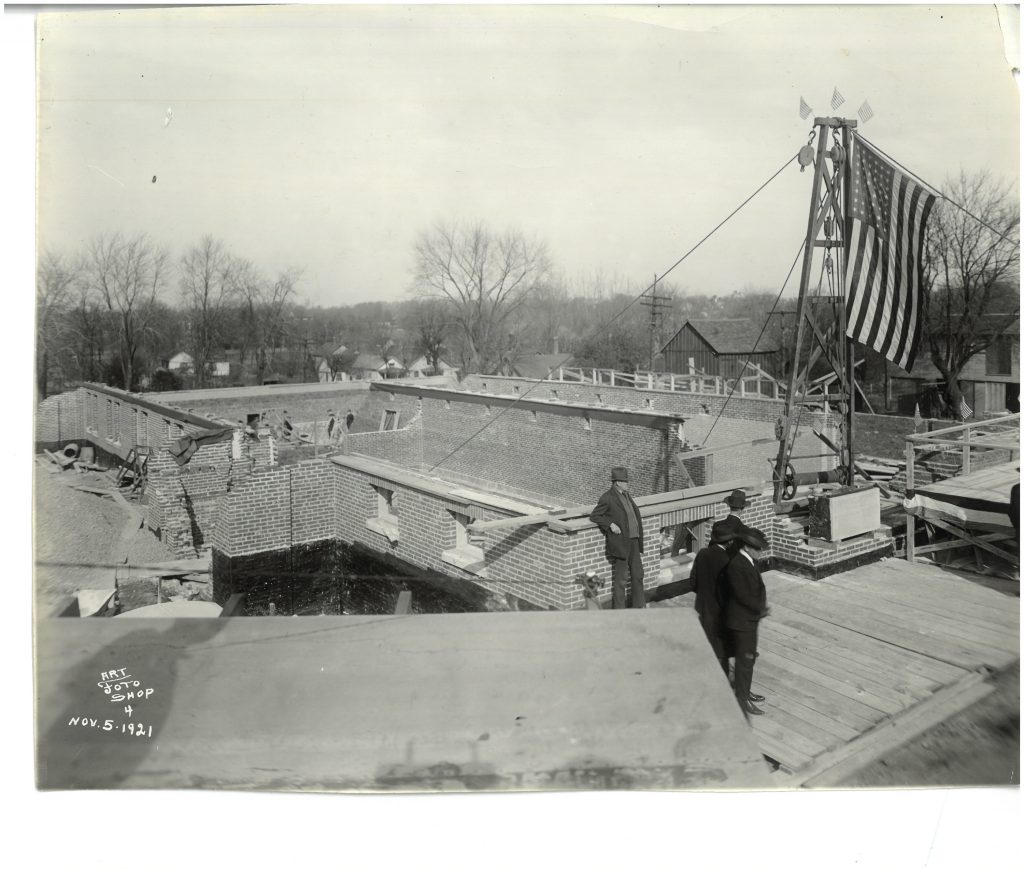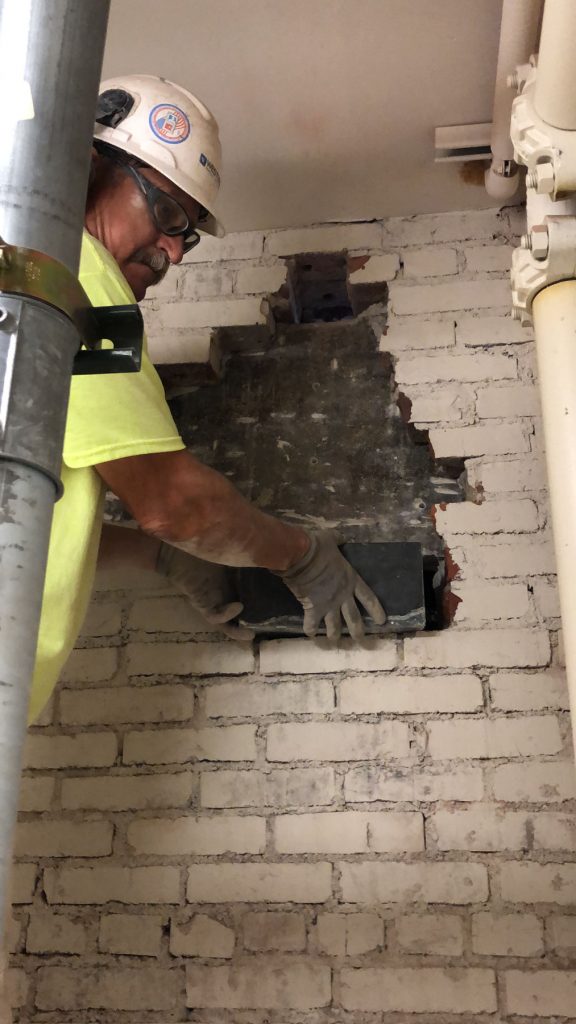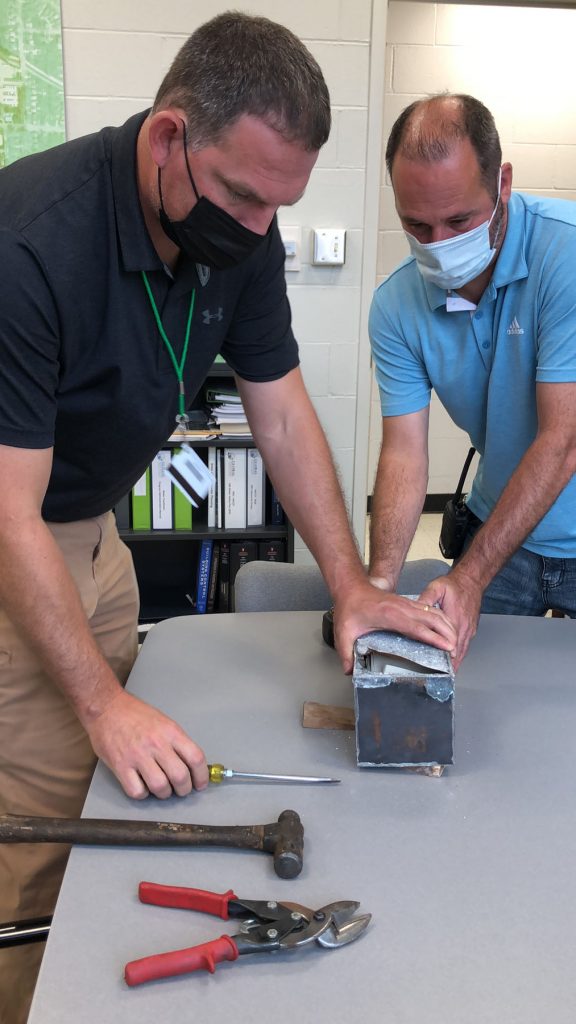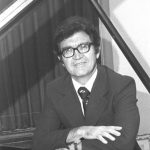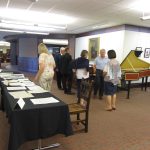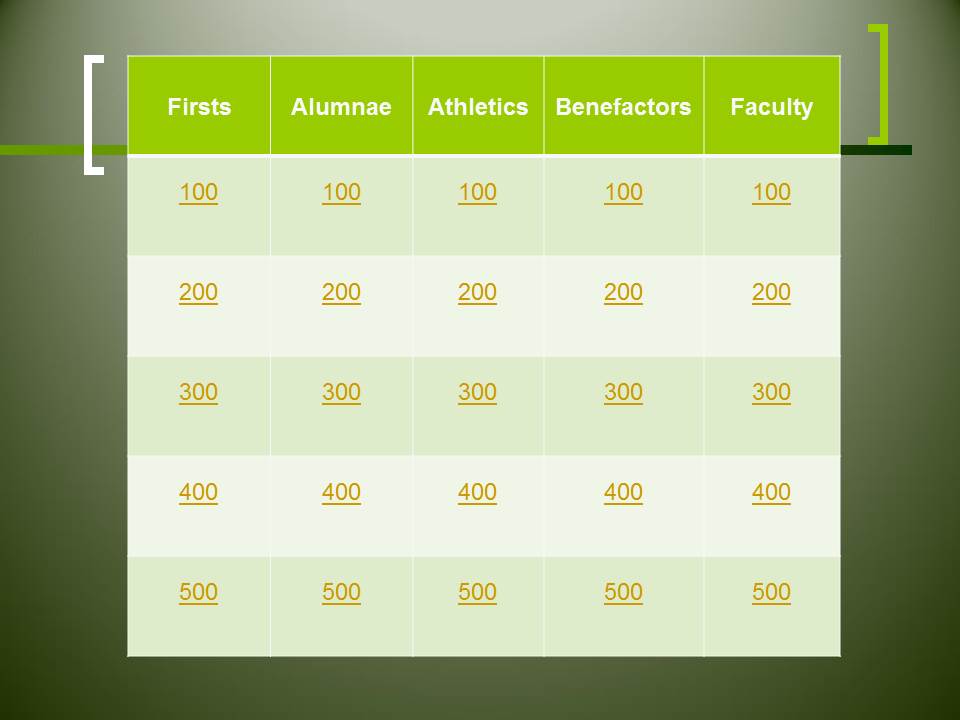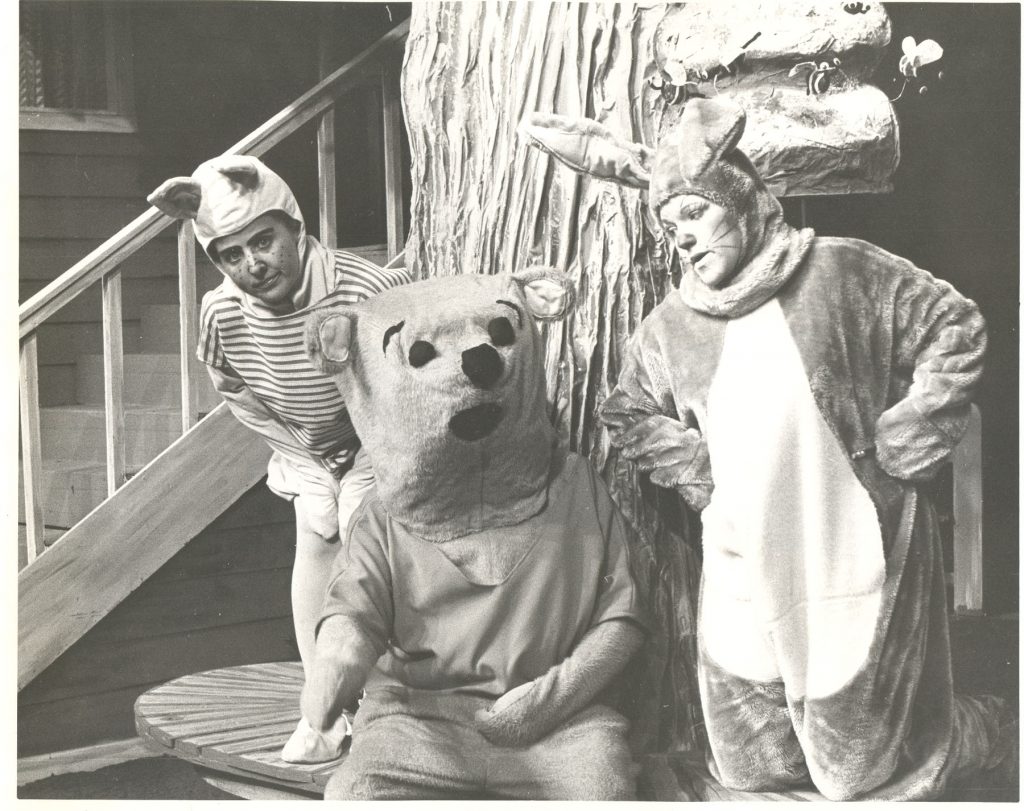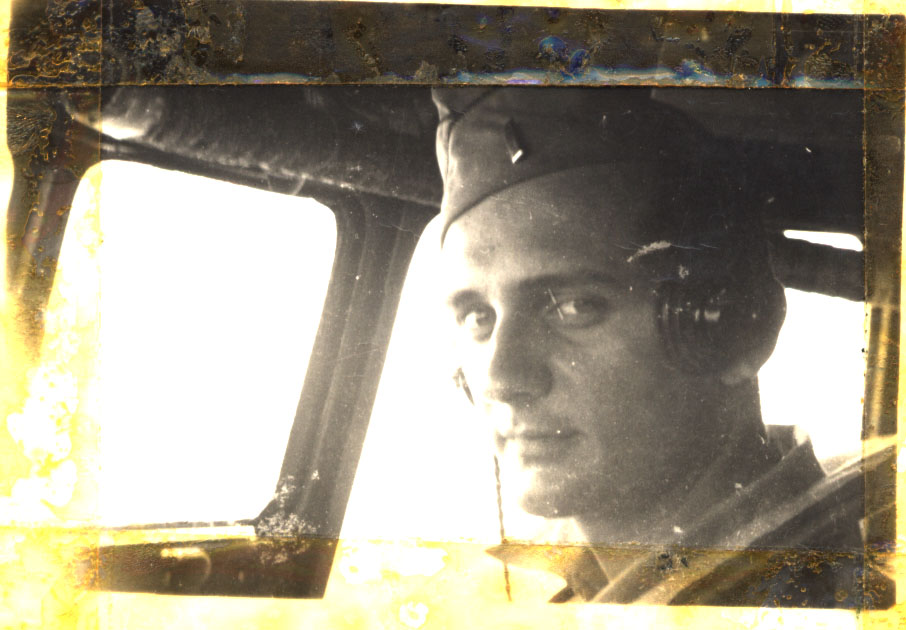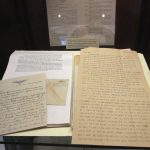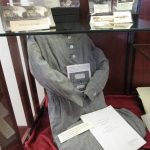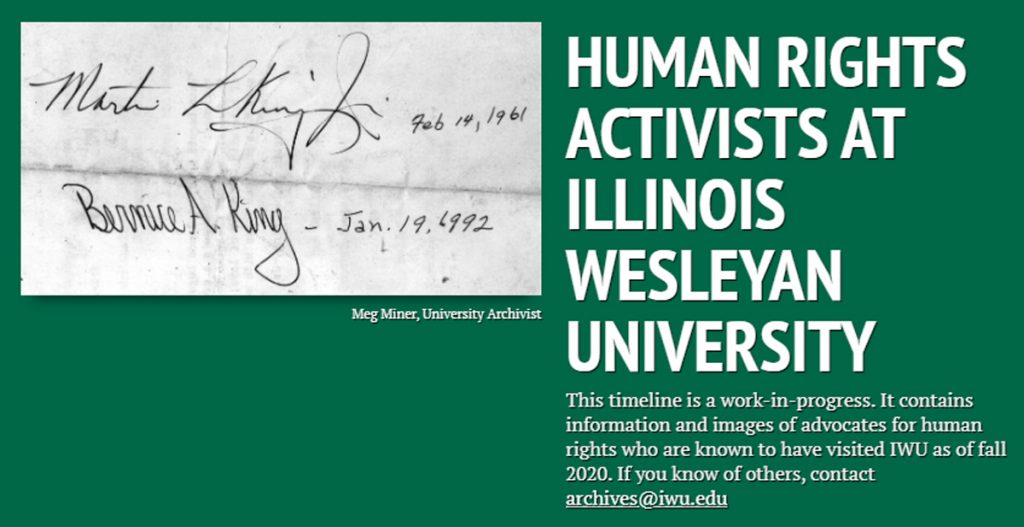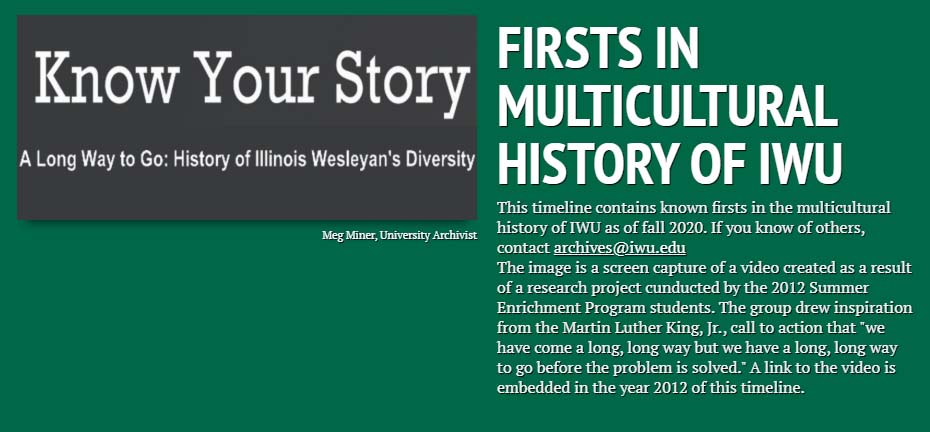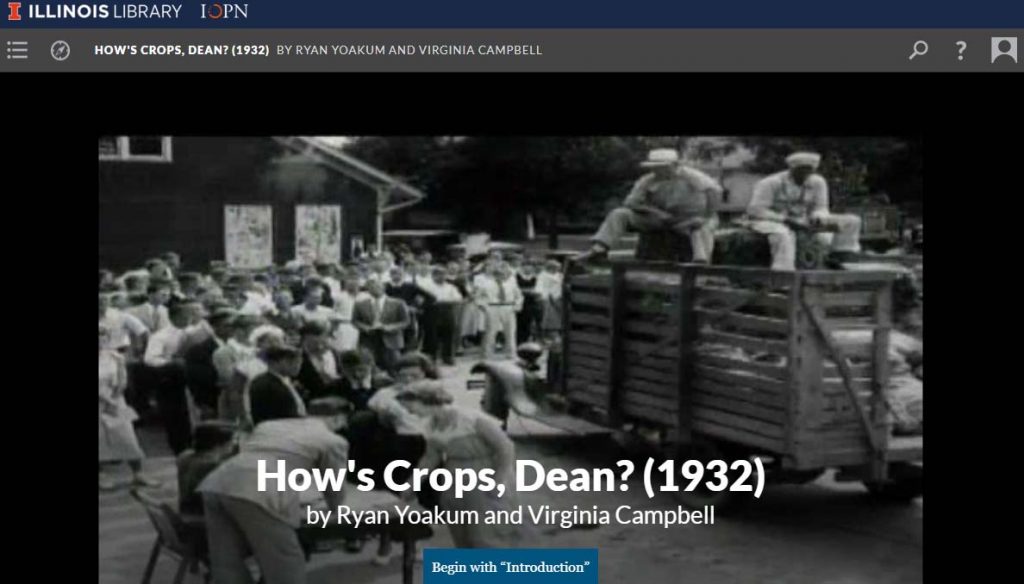
Buscando Mi Color (2017) by Lucero Sanchez
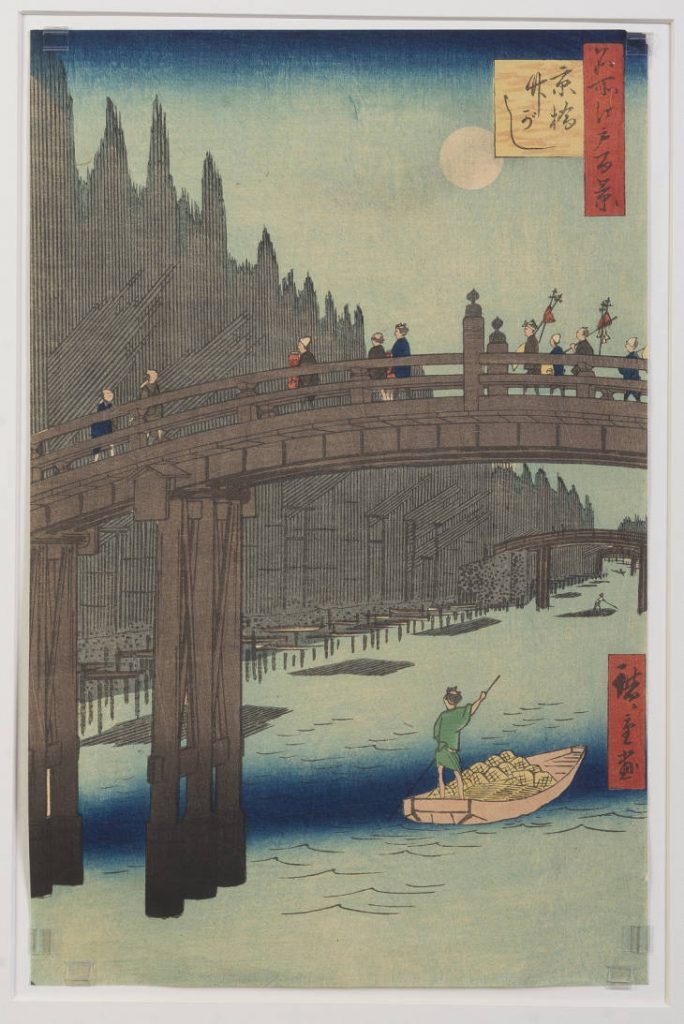
Bamboo Quay by Kyobashi Bridge (Kyobashi Takegashi) by Utagawa Hiroshige NOW ON EXHIBIT see http://localhost/multi/library/japanese-woodblock-prints/
There’s a new addition to the University’s special collections! It doesn’t all live in The Ames Library but we are going to be administering it in the same way that we handle all materials Tate Archives & Special Collections.
That means that everything in the IWU Campus Art Collection is available for classroom and research use! The online exhibit is the result of a four-year initiative* to locate, catalog, and photograph the variety of art on campus.
The collection contains more than 1,000 pieces of artwork which have been created or donated by Friends of the University, alumni, faculty, and students.
It contains paintings, prints, sculptures, pottery, and more by famed artists including Salvadore Dali, Arrah Lee Gaul, Frederick Hart, Utagawa Hiroshige, Leroy Neiman, and Rembrandt van Rijn. Notable faculty artists are Miles Bair, Fred Brian, and Rupert Kilgore. Items in the collection date from the 12th century to the present day.
We invite you to peruse the collection, and we emphasize that the collection is available for classroom use, individual students’ assignments, and research. To discuss specific needs, please contact the University Archivist, Meg Miner, at mminer@iwu.edu or phone at (309) 556-1538.
*Library Technology & Resources Director Suzanne Wilson led the project over the past four years with the assistance of library staff Tod Eagleton, Julie Wood and Elizabeth Jensen, spouse of former president Eric Jensen, who worked diligently to research and describe each work. The Jensens also supported the project with funds for flat-file storage. Photographers Jason Reblando, Trey Frank III, and Nick Helten ensured that our digital images reflect the beauty of the tangible artworks. Past University Librarians Karen Schmidt and Scott Walter lent their strong support of the project from its inception. Physical Plant crews moved much of the collection to a secured storage location that they also adapted for this purpose.
 At the bottom of each entry’s description is a line that starts with “Permalink” and contains a link to that location’s “Pin.” When you open that page there’s a comment box. Leave a memory, post a selfie, or let me know if I got something wrong!
At the bottom of each entry’s description is a line that starts with “Permalink” and contains a link to that location’s “Pin.” When you open that page there’s a comment box. Leave a memory, post a selfie, or let me know if I got something wrong!

